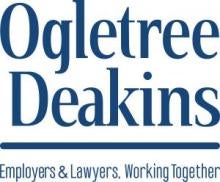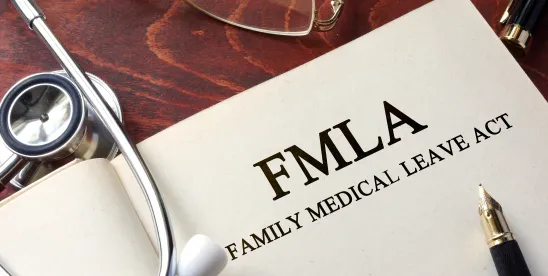Enacted in 2022, the Maryland Family and Medical Leave Insurance (FAMLI) program covers all employers with Maryland employees and will eventually provide most of those employees with up to twelve weeks of paid family and medical leave, with the possibility of an additional twelve weeks of paid parental leave.
Following several prior delays, employee contributions were scheduled to begin on July 1, 2025, with benefits commencing one year later on July 1, 2026. However, the Maryland Department of Labor (Maryland DOL) is now proposing a delay until January 1, 2027, for deductions and January 1, 2028, for benefits, based on the need to focus on supporting Maryland businesses and their employees in light of the significant uncertainty arising from President Donald Trump’s many employment-related executive orders.
Quick Hits
- Due to concerns about readiness and cost, the Maryland DOL is proposing to delay the start of employee contributions to the Maryland FAMLI program to January 1, 2027, and the commencement of benefits to January 1, 2028.
- The FAMLI program, enacted in 2022, aims to provide up to twelve weeks of paid family and medical leave for most Maryland employees, with the potential for an additional twelve weeks of paid parental leave.
- A state senator has introduced a bill to delay the FAMLI program’s effective dates, highlighting the business community’s concerns over the lack of final regulations and the program’s significant economic impact.
Where Are the Regulations Now?
The Maryland DOL’s FAMLI Division was directed to issue regulations to implement the FAMLI program. As we previously noted in our multipart series on the FAMLI program, the Maryland DOL has engaged in an unusually extended and inclusive rulemaking process, likely impacted by amendments and delays to the program that were enacted in each of the 2023 and 2024 Maryland General Assembly sessions. At this point, the Maryland DOL has issued two sets of proposed regulations, which we covered in Part II (General Provisions, Contributions, and Equivalent Private Insurance Plans) and Part III (Claims and Dispute Resolution) of our series. But other sections of the proposed regulations, including Enforcement, have yet to be issued.
Concerns About Implementation and a Proposed Delay
There have been significant concerns about the Maryland DOL’s readiness to implement this complex program, as well as its overall cost (approximately $1.6 billion) in the current economic climate. In fact, Maryland state Senator Stephen Hershey has proposed a bill, Senate Bill (SB) 355, that seeks to delay the effective contribution and benefits dates by two years. In a hearing on this bill before the Senate Finance Committee on February 5, 2025, Fiona W. Ong (the author of this article) testified about the business community’s concern that final regulations—and even entire sections of the proposed regulations—have yet to be issued only months before the first deadlines. For example, employers are supposed to begin filing a declaration of intent (DOI) to have an equivalent private insurance plan (EPIP) starting on May 1, 2025. But at this point, employers do not have final rules about creating a self-insured plan, and insurance companies do not have final rules on creating commercial plans (which would also need to be compliant with insurance laws and regulations).
The Maryland DOL acknowledges that legislative action is required to authorize the delay and, in its press release, states that it is working closely with leadership in the General Assembly to extend the implementation dates. It is unclear whether the General Assembly will use Senator Hershey’s bill or issue a new bill. But given the Maryland DOL’s public statements, it is almost certain that the delay will take place.
This is obviously a significant development for employers with Maryland employees, many of whom are concerned about the cost and impact of this program in which the state, and not the employer, grants the paid leave benefit.




 />i
/>i

